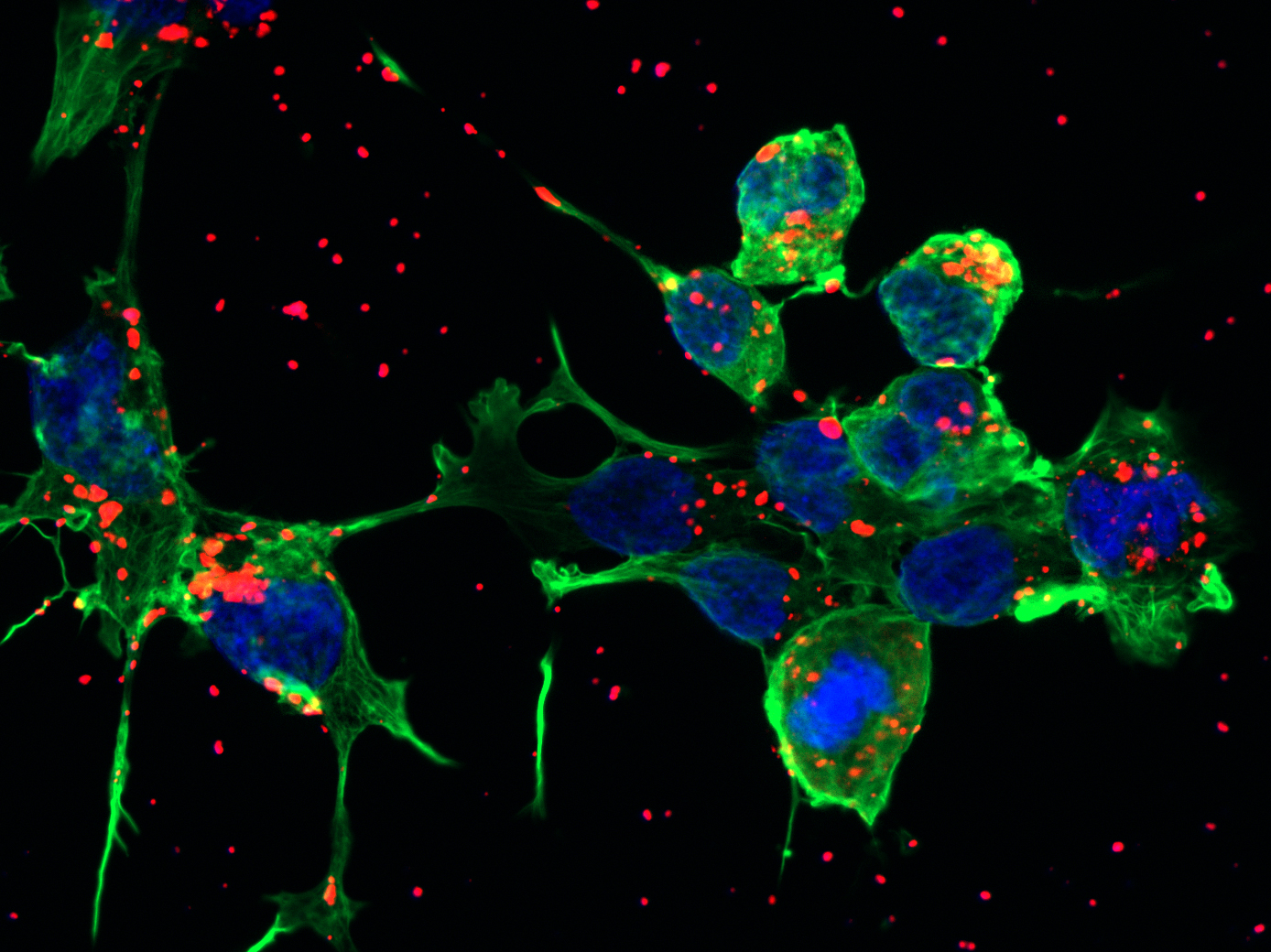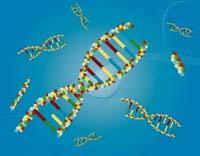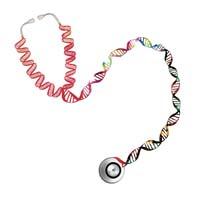A polymer from crustacean crustaceans is suitable for gene therapy
2016/07/14 Galarraga Aiestaran, Ana - Elhuyar Zientzia Iturria: Elhuyar aldizkaria

Mireia Agirre Díaz, Department of Pharmacy and Food Sciences of the UPV, has shown that an oligochessian is suitable for transporting fragments of DNA inside the cells. This oligochitosan is a natural polymer derived from the exoskeleton of crustaceans and is of low molecular weight compared to other oligochyrosane used for this purpose in gene therapy.
In his doctoral thesis, Agirre has shown that the oligochesosan adequately protects the DNA to be transported and correctly inserts it into the inside of the cell to subsequently generate the necessary protein in therapy.
In particular, Agirre has shown that oligochitosan serves two new applications: on the one hand, to influence tumor cells and on the other, to treat diseases of the central nervous system. The researcher explains that the next step is to test animals in specific applications and with therapeutic DNA. In fact, in the tests carried out so far it has been proven that it is suitable for the transport of large fragments of DNA, but this DNA was not therapeutic.

Gai honi buruzko eduki gehiago
Elhuyarrek garatutako teknologia





